Aging Population
The aging population is a primary driver of the Hospice Care Market. As life expectancy increases, the number of individuals requiring end-of-life care rises significantly. By 2030, it is projected that nearly 1 in 5 individuals will be over the age of 65, leading to a heightened demand for hospice services. This demographic shift necessitates a robust infrastructure to support the unique needs of elderly patients, including pain management and emotional support. Consequently, hospice care providers are adapting their services to cater to this growing segment, ensuring that they can meet the anticipated demand. The Hospice Care Market must evolve to address the complexities associated with aging, including chronic illnesses and the need for personalized care plans.
Policy and Regulatory Changes
Policy and regulatory changes are influencing the Hospice Care Market by shaping reimbursement models and care standards. Recent legislative efforts aimed at improving access to hospice services have led to increased funding and support for hospice providers. For instance, changes in Medicare reimbursement policies have expanded eligibility criteria, allowing more patients to access hospice care. These regulatory shifts are likely to encourage the growth of the Hospice Care Market, as providers adapt to new guidelines and seek to enhance their service offerings. Additionally, ongoing discussions about healthcare reform may further impact the landscape of hospice care, necessitating that providers remain agile and responsive to evolving regulations.
Rising Prevalence of Chronic Diseases
The increasing prevalence of chronic diseases is another significant driver of the Hospice Care Market. Conditions such as heart disease, cancer, and respiratory illnesses are becoming more common, leading to a greater need for specialized end-of-life care. According to recent statistics, approximately 60% of deaths are attributed to chronic illnesses, underscoring the importance of hospice services in managing these conditions. As patients seek to maintain quality of life during their final stages, hospice care offers tailored support that aligns with their medical and emotional needs. This trend indicates a shift towards more comprehensive care models within the Hospice Care Market, emphasizing the necessity for providers to enhance their service offerings to accommodate patients with complex health issues.
Technological Advancements in Care Delivery
Technological advancements are transforming the Hospice Care Market by enhancing the quality and efficiency of care delivery. Innovations such as telehealth, electronic health records, and mobile health applications are facilitating better communication between patients, families, and healthcare providers. These technologies enable real-time monitoring of patient conditions, allowing for timely interventions and personalized care plans. Furthermore, the integration of data analytics is helping hospice providers to optimize resource allocation and improve patient outcomes. As technology continues to evolve, it is expected that the Hospice Care Market will increasingly leverage these tools to enhance service delivery and patient satisfaction, ultimately leading to a more efficient care model.
Increased Awareness and Acceptance of Hospice Care
There is a growing awareness and acceptance of hospice care among patients and families, which serves as a crucial driver for the Hospice Care Market. Educational initiatives and advocacy efforts have contributed to a better understanding of the benefits of hospice services, including pain relief and emotional support. Surveys indicate that more individuals are recognizing hospice care as a viable option for end-of-life planning, leading to increased referrals and utilization of services. This shift in perception is likely to enhance the overall growth of the Hospice Care Market, as more families opt for hospice care over traditional hospital settings. The emphasis on quality of life and patient-centered care is reshaping the landscape of end-of-life services.



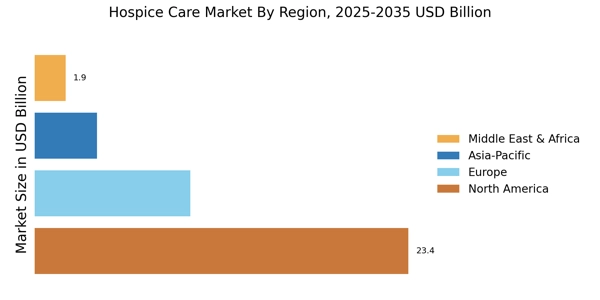

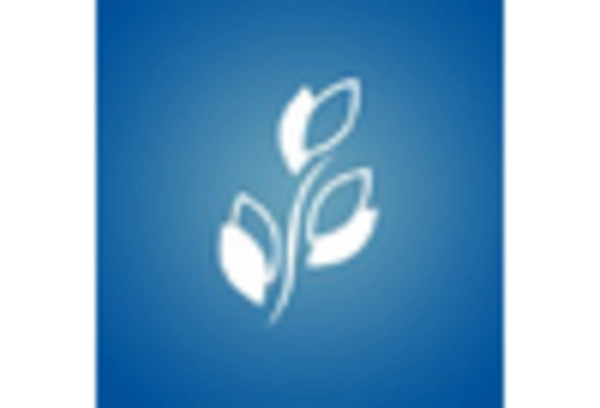
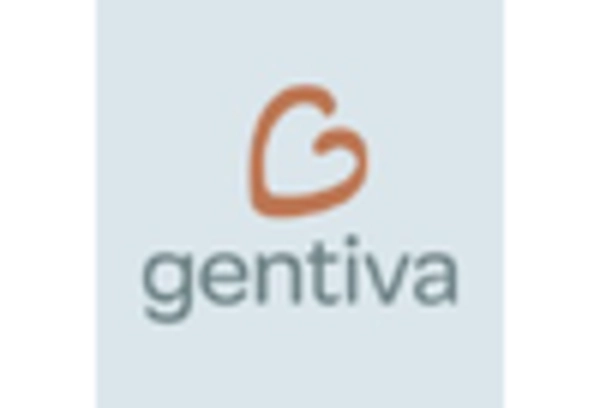

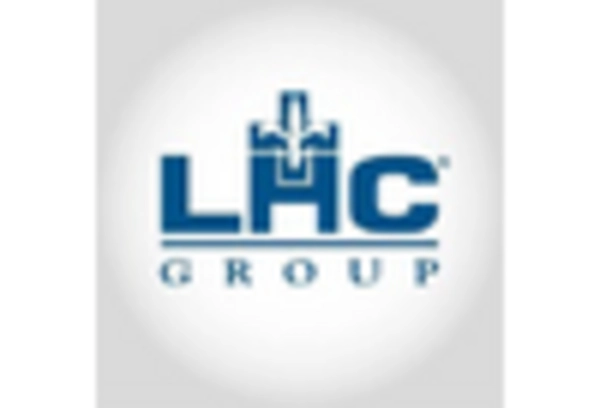
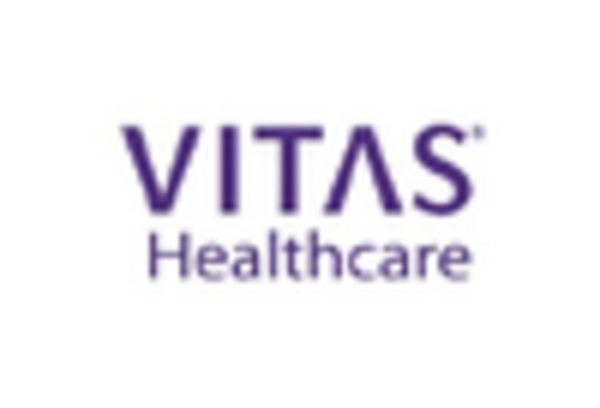








Leave a Comment